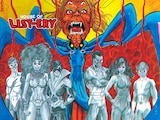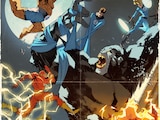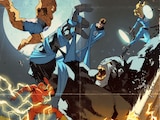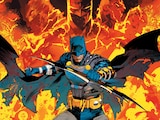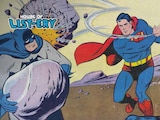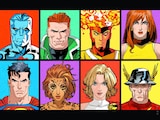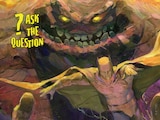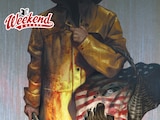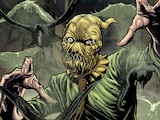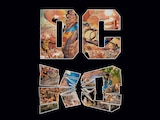The Flash is many things - the fastest man alive, a colorful protector of Central City, a hopeful hero in a world of shadow. But re-imagined as part of DC COMICS-THE NEW 52, The Flash is now also scientifically sound. Sure, there's a bit of comic book license taken, but co-writers Francis Manapul and Brian Buccallato are making an effort to root his science-fiction adventures firmly in scientific fact – and they are more than happy to talk about it. They caught up with YAHOO! ASSOCIATED CONTENT for a three-part series on the subject of Flash’s real-world science – also touching on the need for optimism in the comic book medium. “A lot of the science we've used has not only helped move the story forward but it's also helped inspire certain things,” said Manapul. “We're not going to shoehorn something in just to fit it in or have our story hindered by it at the end of the day. It has to be something that helps move our story forward and get us to where we need to be. We've been lucky enough that many of the things we needed to find exist. That's what is more amazing about it. Some of the things we've introduced, as out of this world as they seem, are real. These scientific terms aren't just made up words. They're real.” Check out the whole series: Part 1 (Francis Manapul), Part 2 (Brian Buccellato) and Part 3 (Manapul on optimism in THE FLASH). And the duo spoke with MTV GEEK, as well, where they discussed the potential for comic books to serve their readers as a jumping off point to learn new things. “I know when I was a kid, if I saw a word I didn’t understand I would look it up, and now I would know something new,” said Buccellato. “So for a kid to see a straight science term, and then want to know what it means, he can Google it – which is why we call it a Googlable series – and learn something new. It just adds to the reading experience.”

Editorial
THE REAL-WORLD SCIENCE BEHIND THE FLASH
BY: DCE Editorial
Wednesday, November 16th, 2011
